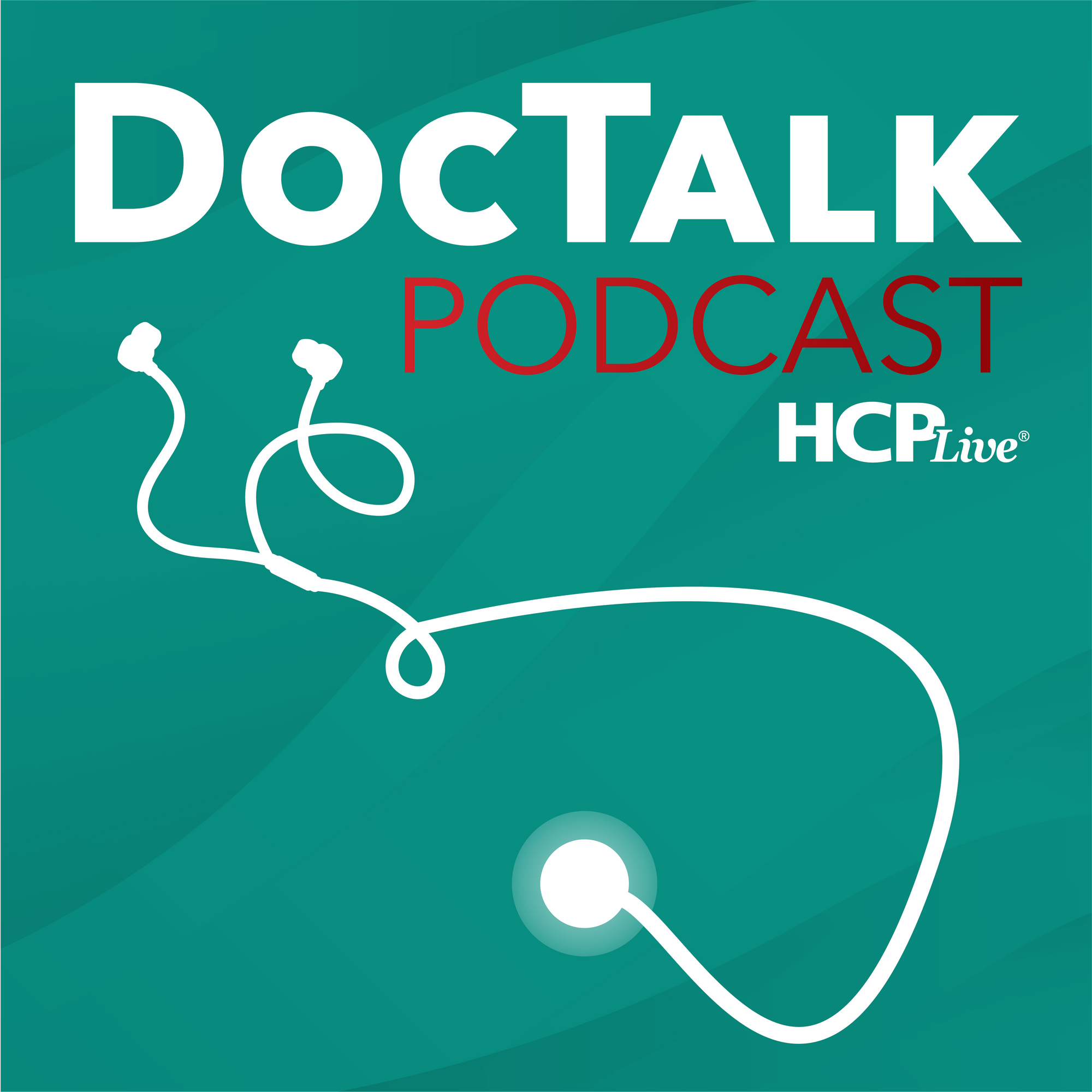Article
The Economic Burden of Gout
The indirect costs of gout can be as much as $18,362 per patient each year, research shows.
As with any disease, when gout flares are not properly managed, they can recur and quickly escalate costing patients as much as $833 per doctor visit, new research shows. Reducing serum uric acid levels can minimize gout flares and for some patients, keep flares at bay altogether. The American College of Rheumatology and the European League Against Rheumatism recommend keeping serum uric acid levels at 6mg/dL or 5mg/dL, which is low enough to reduce the frequency of attacks and prevent arthropathy, renal disease and other comorbidities. But managing gout is a problem for many patients who suffer from recurrent attacks. In a systematic review of literature on the economic impact of gout, researchers assess the direct and indirect costs of gout. The study is based on a review of research available through Medline, Embase, International Pharmaceutical Abstracts, NHS Economic Evaluation Database and the Cumulative Index to Nursing and Allied Health Literature.[[{"type":"media","view_mode":"media_crop","fid":"42446","attributes":{"alt":"©lenetstan/Shutterstock.com","class":"media-image media-image-right","id":"media_crop_6659123518038","media_crop_h":"0","media_crop_image_style":"-1","media_crop_instance":"4595","media_crop_rotate":"0","media_crop_scale_h":"0","media_crop_scale_w":"0","media_crop_w":"0","media_crop_x":"0","media_crop_y":"0","style":"font-size: 13.008px; line-height: 1.538em; float: right;","title":" ","typeof":"foaf:Image"}}]] It included 15 studies, 12 of which were conducted in the U.S., finding that total annual gout-related direct costs ranged from $172 for patients who were employed, $1,006 for elderly patients and $6,179 for patients with treatment-refractory gout. This compares to annual all-cause direct costs which were $4,733, $16,925 and $18,362 among employed, elderly and treatment-refractory gout populations and $2,562, $10,590 and $7,188 for corresponding non-gout patients). Two additional studies estimated direct costs for total all-cause direct costs as $11,080 and $13,170. One study found 514,976 emergency department visits for gout and 50.1 million ambulatory visits in the U.S. from 2002 to 2008, corresponding to a cost of about $1 billion annually. Another study found $173 million in emergency department charges (median charge $696 per visit) in 2008. The study found that the elderly and treatment refractory gouty patients incur substantially greater direct and indirect healthcare costs as compared to younger and employed patients with gout. Furthermore, the worse the disease status, the higher the costs. “These data suggest a potential cost benefit to proper disease management and underscore the importance of proper therapeutic approaches to control SUA levels to reduce gout attacks and tophus burden,” wrote the authors who were led by Hyon K.Choi, MD, DrPH, of Harvard Medical School in Boston. The presence of comorbidities was found to be associated with recurring attacks and higher serum uric acid (SUA) levels. For example, gout patients with an SUA of greater than 9 mg /dL or greater than three annual attacks had a higher prevalence of hypertension, renal impairment, chronic kidney disease, dyslipidemia and ischemic heart disease than patients with lower levels of serum uric acid. “Various studies reported that gout patients incurred greater costs related to these comorbid conditions as compared with gout-free individuals. Thus, these data suggest that the care of comorbid conditions may be an important contributor to the overall economic burden of gout,” the authors wrote. The findings show that refractory gout care can be quite costly, similar to that of other inflammatory arthropaties. The research showed that costs rose to $6,179 and $13,164 among patients with more than three and six attacks each year, respectively. In terms of lost wages, one study showed that refractory gout was associated with an average wage loss of $4,341 annually. Gout is more common today affecting 3.9%, or 8.3 million, adults in the U.S. Access to care and treatments, and improved doctor-patient communication, could prevent unnecessary costs. A recent study exploring the treatments and perceptions of gout by the Maori indigenous people of Aotearoa New Zealand, shows that miscommunication and lack of treatment is associated with worsening conditions. The patients were told that gout was caused by food and/or drink, which research has shown is not necessarily always true. And, the most common treatments were non-steroidal anti-inflammatory drugs, colchicine and prednisone, with allopurinol only prescribed late in disease. Medications were poorly understood and improperly used, the researchers reported. “The quality of lives of many people with gout could be improved by better understanding through educational campaigns for health professionals and the community. Culturally sensitive healthcare systems and a paradigm shift in gout management and early preventative treatment are needed,” the authors of the study wrote.
References:
Rai SK, Burns LC, et al.
"The economic burden of gout: A systematic review,"
Semin Arthritis Rheum. 2015 Aug;45(1):75-80. doi: 10.1016/j.semarthrit.2015.02.004. Epub 2015 Feb 19. Te Karu L, Bryant L, Elley CR.
"Maori experiences and perceptions of gout and its treatment: a kaupapa Maori qualitative study,"
J Prim Health Care. 2013 Sep 1;5(3):214-22.





